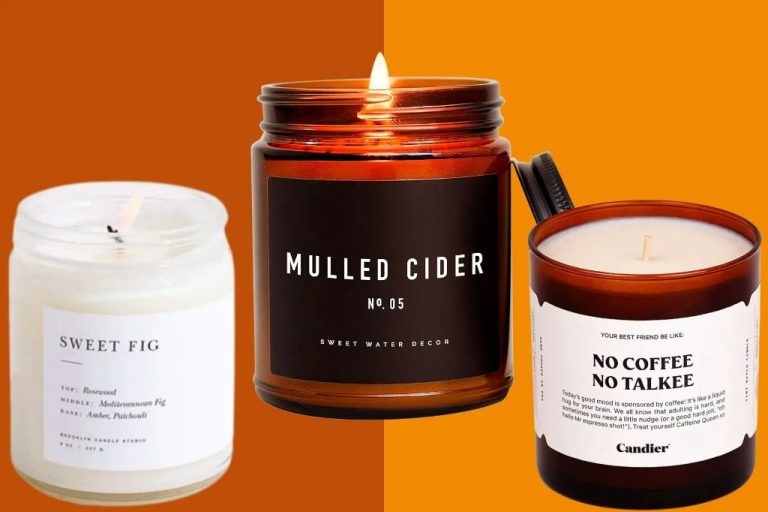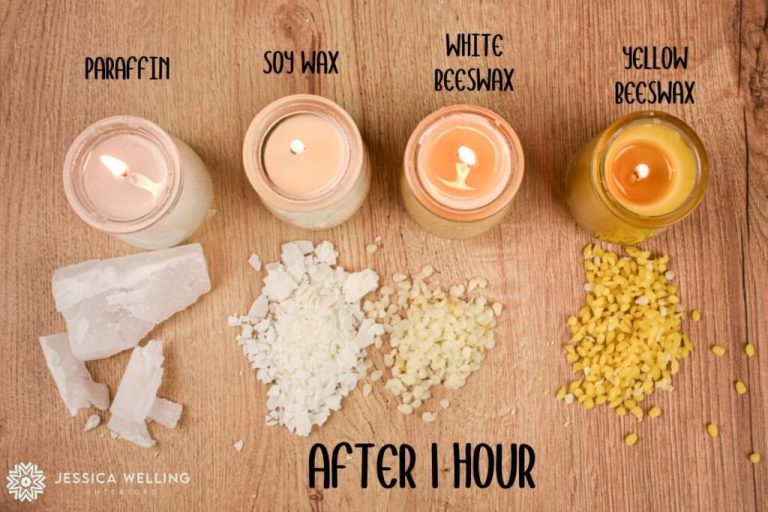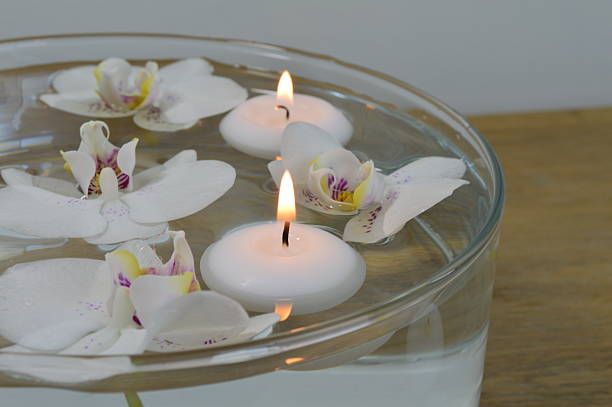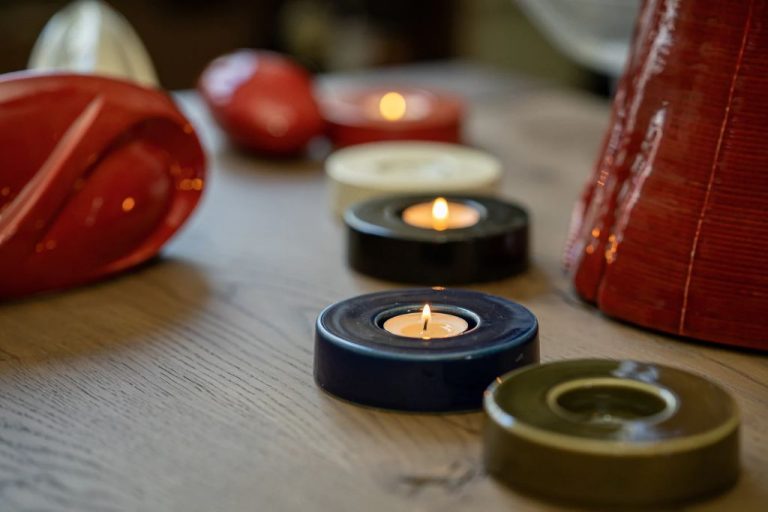What Is The Literal Meaning Of Candle?
Etymological Origin
The word “candle” traces its origins to the Old English word “candel”, derived from the Latin word “candela” meaning “a light, torch, candle”. The Latin word “candela” in turn came from the verb “candere” meaning “to shine, to glow”.
The Proto-Indo-European root word “kand-” which means “to shine, to glow” is also where “candle” is derived from. This root word forms the basis for many other words related to light and brightness in English as well as other Indo-European languages such as “incandescent,” “candor,” and “candid.”
So in summary, the etymological or literal origin of the word “candle” is derived from Latin and Old English words related to shining and glowing light.
Historical Usage
The word candle comes from the Old English word “candel,” which itself is derived from the Latin word “candela” meaning a torch or lamp. Candles have been used for lighting and illumination for thousands of years across many cultures. For the majority of human history, candles were an important source of light before the invention of gas or electric lights.
Some of the earliest known candles date back to Ancient Egypt and Ancient Rome. Chinese and Japanese cultures also developed their own forms of candles for lighting. In some cultures, candles were considered holy, used in religious rituals or to represent a form of the divine light.
Throughout the Middle Ages in Europe, candles were common in households, churches, and royal courts. Beeswax and tallow candles were expensive items that became associated with royalty and the upper classes. By the 18th century, candlemaking had become an established craft with candlemakers forming professional guilds.
With the invention of gas lighting in the 19th century, candles began to decline as a primary source of illumination. However, they remained important for religious ceremonies, mood lighting, and decoration. Today, while no longer a major lighting necessity, candles still hold cultural significance and are commonly used to create ambiance.
Dictionary Definitions
The literal meaning of the word “candle” can be found in standard dictionaries:
Merriam-Webster defines candle as “a usually molded or dipped mass of wax or tallow containing a wick that burns to give light.”
Oxford English Dictionary states a candle is “a cylinder or block of wax or tallow with an embedded wick which is burned to give light.”
Cambridge Dictionary says a candle is “a stick of wax with a wick through the middle which you burn to give light.”
The key aspects of the literal definition across authoritative sources are: a solid mass of wax or tallow, a wick, and burning to produce illumination. The candle is literally a device to provide light through the controlled burning of a fuel source.
Literal vs. Figurative
The word “candle” has both literal and figurative meanings. The literal meaning refers to the physical object – a cylindrical piece of wax with a wick in the middle that provides light as it burns. This is the concrete definition that describes the thing itself.
The figurative meaning refers to the symbolic or metaphorical uses of the word candle. For example, “burning the candle at both ends” means working or staying up late into the night. A person can be described metaphorically as a “candle in the wind” meaning they are vulnerable. The phrase “can’t hold a candle to” means someone or something is far inferior. So the figurative meanings impart more abstract concepts through colorful imagery related to candles.
The literal usage denotes the physical object itself – the candle. The figurative usage relies on the symbolic associations people have with candles to convey broader ideas. Both the literal and figurative meanings stem from the original concrete meaning of the word referring to wax cylinders with wicks used for light.
Symbolism
Candles have had various symbolic meanings throughout history and across cultures. Here are some of the common symbolic associations with candles:
-
Light – Candles represent light in the darkness, warmth, and illumination. They are a symbol of hope, guidance, and knowledge.
-
Prayer – In many religions, candles are lit during prayer or meditation. The flame represents the prayer rising to the heavens.
-
Vigilance – A burning candle signifies being watchful, mindful, and alert.
-
Remembrance – Lighting candles honors the memory of those who have passed away or in remembrance of significant events.
-
Celebration – Candles are often used in celebrations of special occasions like birthdays, anniversaries, holidays.
-
Romance – Candlelit dinners are considered romantic. Exchanging candle gifts can symbolize relationships.
-
Magic and Ritual – Candles are common in magical practices, spells, rituals, and ceremonies.
These are just some of the ways candles have symbolic meaning in human culture, imbuing these everyday objects with deeper significance.
Components
A candle is made up of just a few key components:
Wick: The wick is the small cord at the center of the candle that burns when lit. It is typically made of braided cotton or paper fibers. The wick draws up liquid wax via capillary action and provides a surface for the wax to combust. This allows the candle to burn slowly and evenly.
Wax: Candle wax provides the fuel for the candle. Traditional candle wax is typically made from beeswax or paraffin, a petroleum byproduct. There are also wax blends made from soy, palm, or other waxes. The wax melts around the wick when lit and vaporizes to burn. The type of wax determines characteristics like burning temperature, opacity, and perfume throw.
Dye: Dyes are added to candle wax to create colored candles. The dye has to be able to mix properly with the wax and resist fading or bleeding when burned. Popular options include organic dyes, pigment dyes, and liquid dyes.
Fragrance: Many candles also include artificial or natural fragrances to scent the wax. This allows the candle to fill a space with a pleasant aroma when burned. Common fragrance types include essential oils, synthetic perfumes, and botanical extracts.
Wick Sustainer: Metal wick sustainers are sometimes added to pillar or taper candles. These help stiffen and center the wick for an even burn. Votive and container candles often forego wick sustainers.
Fuel: The primary fuel source for a candle flame is the wax itself. However, the initial combustion depends on the wick’s material once lit. For example, a cotton wick burns the wax via pyrolysis, while a zinc or paper wick undergoes oxidation.
Types of Candles
There are many different types of candles that serve various functions and purposes:
Taper candles are long, narrow candles that are commonly used for decorative purposes. They are typically made from beeswax and burn slowly from one end to the other. Tapers are often used on candelabras.
Pillar candles have a wide diameter and can be short or tall. They are cylinder shaped and provide a lot of light. Pillars work well for centerpieces and ambient lighting.
Votive candles are short, small candles in a metal or glass container. Votives provide flickering, ambient light and are ideal for enhancing mood and atmosphere. They are a popular choice for religious ceremonies.
Tealight candles are a type of votive candle. They are very small candles encased in disposable metal containers. Tealights are designed to float in liquid and are frequently used to light up jack-o’-lanterns.
Container candles come in glass or metal containers or jars. They often have decorative designs or scented wax. Container candles can function as decorative elements.
Birthday candles are very slender, tall tapers designed to be poked into a birthday cake. These candles are made to be blown out by the birthday celebrant.
Floating candles are designed to float in water, such as a bathtub, pool, or pond. They have a plastic shell surrounding the wax so they can burn safely while floating.
Uses
Candles have been used for both practical and ceremonial purposes throughout history. Some of the main uses of candles include:
Lighting – Before the invention of electric lights, candles were a primary source of illumination in homes, businesses, and public spaces. Simple tallow or beeswax candles provided portable lighting for dark spaces.
Timekeeping – Candle clocks were used to mark the passage of time before mechanical clocks. These specialized candles were marked at intervals so people could track the hours.
Religious ceremonies – Candles are used in rituals, prayers, and ceremonies of many religions including Christianity, Judaism, Hinduism, Buddhism, Wicca, and more. The flame is a symbol of light in spiritual darkness.
Celebrations – Candles are often used to commemorate special occasions like birthdays, anniversaries, and holidays. Blowing out candle flames is a common celebratory ritual.
Memorials – Lighting candles is a way to honor the memory of those who have died. Candlelight vigils bring communities together to grieve loss.
Aromatherapy – Scented candles release fragrance into the air to create ambiance and promote relaxation.
Emergency lighting – During power outages, candles can provide backup lighting. Candles are an important part of emergency preparedness kits.
Manufacturing Process
Candles are made through a multi-step process that involves melting, pouring, cooling, and finishing. Here are the main steps in manufacturing candles:
1. Melting the wax: The first step is to melt down blocks of wax, usually paraffin or beeswax. The wax is loaded into a large melting vessel and heated to temperatures between 150-200°F to liquefy it.
2. Adding fragrances and colors: Once the wax is melted, other ingredients like scented oils, dyes, and pigments can be added and mixed in. These ingredients give candles their colors, scents, and opacity.
3. Pouring the wax: The liquid wax is then poured into molds shaped like the final candle. Popular mold shapes include pillars, tapers, votives, tealights, and containers.
4. Cooling and solidifying: The candles are allowed to cool and solidify in the molds, which gives them their final shape. Cooling can take up to 24 hours.
5. Removing from molds: After cooling and hardening, the candles are removed from their molds and trimmed of any excess wax.
6. Finishing: The final steps involve adding any embellishments like scents, decorations, or labels to finish off the candles before packaging.
Interesting Facts
Candles have many fascinating and unexpected details surrounding their history and usage. Here are some interesting facts about candles:
Beeswax candles are expensive. Pure beeswax candles are costly to produce because harvesting bee honey for wax requires a labor intensive process. As a result, beeswax candles can cost 10-20 times more than standard paraffin candles.
Candle wicks are specially designed. Wicks used in modern candles are made from materials like cotton that are specifically engineered to curl as they burn. This curling action pulls fresh melted wax up the wick and prevents smoking.
Candles can tell time. Historically, marked candle clocks were used to tell time by burning down at a predictable rate. An example is the “deck candle” used on ships to time 4-hour shifts.
Candles come in many shapes. While the classic cylinder shape is common, candles can also be produced in various forms like spheres, cubes, menorahs, and more. Novelty candle shapes are popular for holidays.
Candle smoke signals. Scented smoke from certain candles was used for communication signals historically. Different color smoke conveyed pre-arranged messages over distances.





